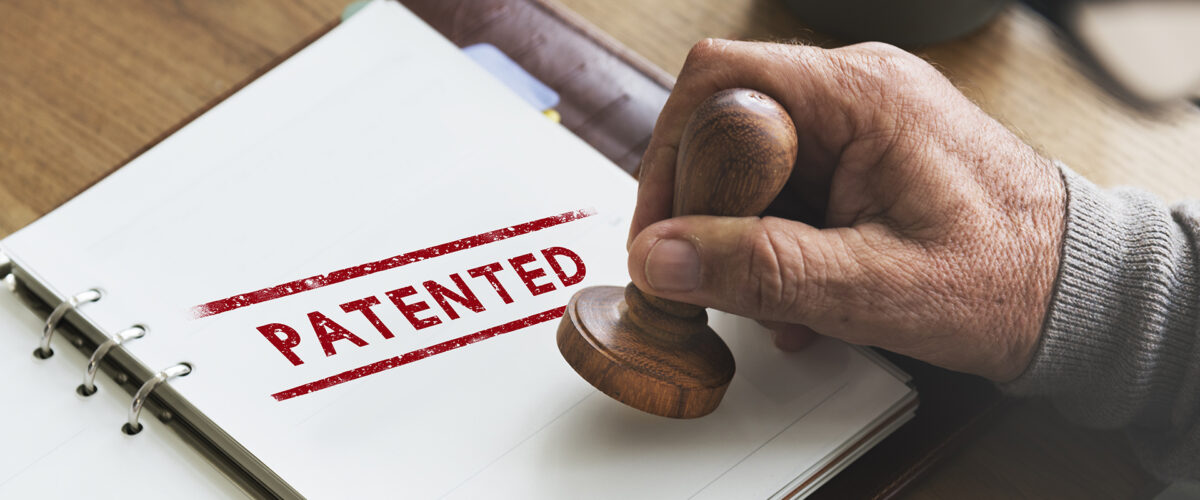article / 02 Nov 2016
A Swedish plausibility attack?

A central aspect for the patent authorities to consider before granting a new patent is whether the invention makes a technical contribution to the state of the art. In Swedish and European patent law, it is a common principle that the scope of protection of a patent should correspond with the invention’s technical contribution to the state of the art. In this regard, it is intuitive that the inventor must prove that the person skilled in the art would, at the priority date, consider the technical effect of the claimed invention as reasonable and likely to occur. The claimed technical effect may never be speculative or prophetic. However, the evidentiary requirement for the technical effect has up to now been set very low in Swedish courts. The starting point in European patent law has long been that, for the technical effect to be regarded sufficiently probable, it often suffices that the technical effect is not regarded as obviously unreasonable. However, this view has become subject to question through the EPO decision in T 0939/92 (AgrEvo).
In AgrEvo, the appellant had claimed a large class of compounds said to possess herbicidal activity. The Examining Division held that, in view of Article 84 of the EPC, the scope of the claims of the patent constituted an “unreasonable generalisation” of the examples provided in the description. The Examining Division further held that the state of the art would have given the skilled person sufficient incentive to prepare the compounds of the application with a view to solving the technical problem of providing additional herbicidally active triazoles.
The Board disagreed with the Examining Division and stated that it does not follow from Article 84 of the EPC that a claim is objectionable simply because it is “unreasonably broad”. According to the Examining Division, the expression “support by description” in Article 84 of the EPC shall instead mean that the technical features stated in the description as being essential features of the described invention must be the same as those used to define the invention in the claims.
Instead, the Board argued that the appellant had not made it reasonable and likely that all the claimed compounds solved the hypothetical technical problem. The court stated that:
“It follows from these considerations that a mere arbitrary choice from this host of possible solutions of such a ‘technical problem’ cannot involve an inventive step. In other words, the Board holds that, in view of the underlying general legal principle set out in point 2.4.2 above, the selection of such compounds, in order to be patentable, must not be arbitrary but must be justified by a hitherto unknown technical effect which is caused by those structural features which distinguish the claimed compounds from the numerous other compounds.
[…]
It follows directly from these considerations that a technical effect which justifies the selection of the claimed compounds must be one which can be fairly assumed to be produced by substantially all the selected compounds.”
The general principle to be drawn from this is that the technical effect must appear as reasonable and likely to the person skilled in the art. If there was no such requirement, arbitrary claims could in practice be made and, once the technical effect was proven, protection would be gained for an invention that the person skilled in the art did not contribute to in the first place. Basically, the court wants to avoid inventors claiming chemical compounds based on pure speculation. Thus, the person skilled in the art reading a patent must find the alleged technical effect plausible for the entire scope of the patent.
To sum up, the court sets two basic requirements for a new invention to be regarded as involving an inventive step: (i) that the technical contribution is such that, in light of common general knowledge and prior art, it was not obvious for the person skilled in the art to come to the same conclusion, and (ii) that, based on the available knowledge on the priority date, it is deemed likely that an inventive step will be achieved for all embodiments that are claimed by the patent. In the event that the technical effect cannot be reasonably assumed in light of the available knowledge on the priority date, the person skilled in the art must rely on the evidence provided in the application as filed (post-published evidence is rarely acceptable if it is the first instance of evidence for the technical effect). As mentioned above, the basic premise is that patent protection is granted to protect the specific inventive contribution. If it cannot be proven that the technical effect referred to in the patent can be reasonably assumed to occur, the invention cannot be regarded as having made a technical contribution and cannot give rise to inventive step.
Although the decision has effect in Swedish courts, AgrEvo has had a very limited impact in Swedish courts so far, which can be compared to the UK where the “plausibility attack” is commonplace.
In a recent case where Setterwalls represented the party claiming revocation of a patent, the AgrEvo attack was applied. Setterwalls’ client had claimed firstly that the patent in suit was invalid i.a. due to lack of obviousness and secondly – if the patent holder’s claims with regards to the
obviousness attack were held to be true – that the technical effect of the patent had not been reasonable and likely to the skilled person.
The patent in suit did not contain any evidence that the medicament was effective in treating most of the indications claimed, although it contained a reference to accepted animal models for testing the efficacy of the drug for some of the indications. In addition the opposite party argued in a way which would make the technical effect more inventive and surprising and hence also less plausible to the skilled person.
The Stockholm District Court unfortunately accepted the CGK claims of the opposite party, but apparently applied a different standard of CGK for assessing plausibility. Hence, the squeeze and the revocation claims were rejected. However, the District Court acknowledged the AgrEvo attack as a valid attack on inventive step and insufficiency. To our knowledge, this is the first time a Swedish court has clearly acknowledged the AgrEvo attack under Swedish patent law.
The possibility of using the AgrEvo attack opens up a whole new set of arguments to be used in a revocation proceeding, but should also be carefully considered in patent prosecution. It is often in the interest of a holder of a patent in suit to claim as broad protection of the patent as possible, as well as discrediting prior art of being too broad or of not directing the skilled person towards the contested invention. However, due to the logic of AgrEvo, the patent holder must be cautious when making such claims. This is because broadening the claimed subject matter makes the patent more vulnerable to an AgrEvo-based attack or even a squeeze between obviousness and AgrEvo. The increased acceptance for these principles is a step in limiting excessively far-reaching patent claims, enabling the patent holder to claim what has actually been invented – not what could possibly be the effect of the premature speculation in a patent application.

